Expanded UH asteroid tracking system can monitor entire sky
Saturday, 29 January 2022 06:22
A state-of-the-art asteroid alert system operated by the University of Hawaiʻi Institute for Astronomy (IfA) can now scan the entire dark sky every 24 hours for dangerous bodies that could plummet toward Earth.
The NASA-funded Asteroid Terrestrial-impact Last Alert System (ATLAS) has expanded its reach to the southern hemisphere, from two existing northern-hemisphere telescopes on Haleakalā and Maunaloa. Construction is now complete and operations are underway on two additional telescopes in South Africa and Chile.
"An asteroid that hits the Earth can come at any time from any direction, so ATLAS is now all the sky, all the time," said John Tonry, IfA professor and ATLAS principal investigator.
The new telescopes are located at Sutherland Observing Station in South Africa and El Sauce Observatory in Chile. These locations were selected not only for their access to the southern part of the sky but also their time difference from Hawaiʻi—they are able to observe at night when it is daytime in Hawaiʻi.
SpaceX again scrubs launch of Italian satellite
Friday, 28 January 2022 23:39 SpaceX again scrubbed its launch of an Italian Earth-observation satellite, the COSMO-SkyMed Second Generation 2, on Friday.
The aerospace company ran into weather problems for a second day in a row.
"Standing down from today's launch of COSMO-SkyMed Second Generation FM2 due to poor weather conditions at the launch site tonight; next opportunity is tomorrow, January 29 at 6:11 p.m.
SpaceX again scrubbed its launch of an Italian Earth-observation satellite, the COSMO-SkyMed Second Generation 2, on Friday.
The aerospace company ran into weather problems for a second day in a row.
"Standing down from today's launch of COSMO-SkyMed Second Generation FM2 due to poor weather conditions at the launch site tonight; next opportunity is tomorrow, January 29 at 6:11 p.m. NASA's HERMES mission passes key milestone, moves toward launch
Friday, 28 January 2022 19:28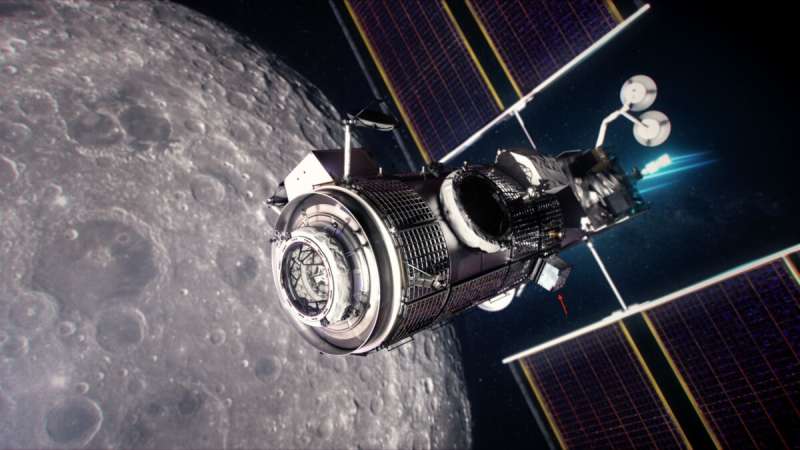
NASA's HERMES mission—a four-instrument suite to be mounted outside NASA's Moon-orbiting Gateway—has passed a critical mission review on Jan.
NASA to continue buying Earth-observation datasets
Friday, 28 January 2022 16:06
NASA intends to continue buying data gathered by commercial Earth-observation satellites.
The post NASA to continue buying Earth-observation datasets appeared first on SpaceNews.
Crashing rocket will create new moon crater: What we should worry about
Friday, 28 January 2022 14:40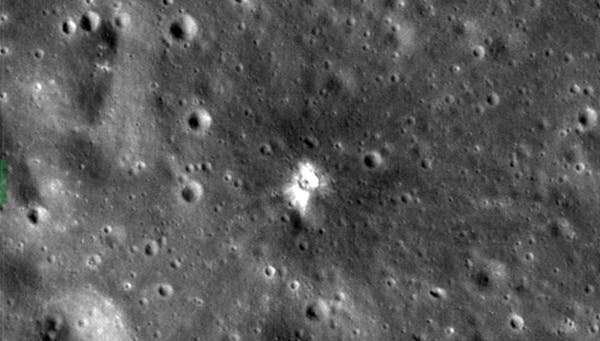
It's not often that the sudden appearance of a new impact crater on the moon can be predicted, but it's going to happen on March 4, when a derelict SpaceX Falcon 9 rocket will crash into it.
The rocket launched in 2015, carrying NASA's Deep Space Climate Observatory (DSCOVR) probe into a position 1.5 million kilometers from the Earth, facing the Sun. But the expended upper stage of the rocket had insufficient speed to escape into an independent orbit around the Sun, and was abandoned without an option to steer back into the Earth's atmosphere. That would be normal practice, allowing stages to burn up on re-entry, thus reducing the clutter in near-Earth space caused by dangerous junk.
Revolutionizing satellite power using laser beaming
Friday, 28 January 2022 14:33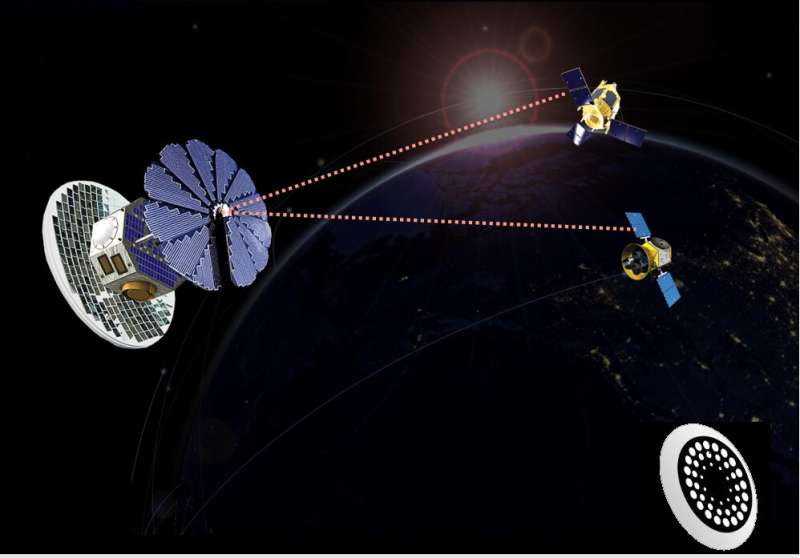
The University of Surrey and Space Power are tackling the problem of powering satellites in Low Earth Orbit (LEO) during their eclipse period when they cannot see the sun. By collaborating on a space infrastructure project, the joint team will develop new technology which uses lasers to beam solar power from satellites under solar illumination to small satellites orbiting closer to Earth during eclipse. The wireless, laser-based power beaming prototype will be the first developed outside of governmental organizations and is aiming for commercialisation by 2025.
Wireless power beaming is a critical and disruptive technology for space infrastructure and will provide auxiliary power to increase the baseline efficiency of small satellites in LEO. The technical side of the project will use the highly specialized laser laboratories and optical systems developed at the University of Surrey's Department of Physics and Advanced Technology Institute, which are world leaders in the development and implementation of laser and photovoltaic-based technologies.
A lunar return, a Jupiter moon, the most powerful rocket ever built and the Webb Telescope
Friday, 28 January 2022 14:10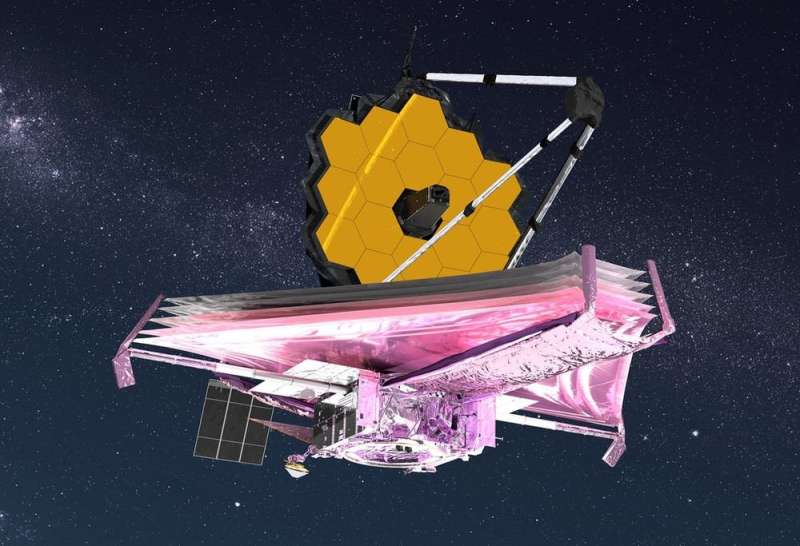
Space travel is all about momentum.
Rockets turn their fuel into momentum that carries people, satellites and science itself forward into space. 2021 was a year full of records for space programs around the world, and that momentum is carrying forward into 2022.
Last year, the commercial space race truly took off. Richard Branson and Amazon founder Jeff Bezos both rode on suborbital launches—and brought friends, including actor William Shatner. SpaceX sent eight astronauts and 1 ton of supplies to the International Space Station for NASA.
Image: Crater 'tree rings' on Mars
Friday, 28 January 2022 13:41
This feature could easily be mistaken for a tree stump with characteristic concentric rings. It's actually an impressive birds-eye view into an ice-rich impact crater on Mars. Tree rings provide snapshots of Earth's past climate and, although formed in a very different way, the patterns inside this crater reveal details of the Red Planet's history, too.
The image was taken by the CaSSIS camera onboard the ESA/Roscosmos ExoMars Trace Gas Orbiter (TGO) on 13 June 2021 in the vast northern plains of Acidalia Planitia, centered at 51.9°N/326.7°E.
The interior of the crater is filled with deposits that are probably water-ice rich. It is thought that these deposits were laid down during an earlier time in Mars' history when the inclination of the planet's spin axis allowed water-ice deposits to form at lower latitudes than it does today. Just like on Earth, Mars' tilt gives rises to seasons, but unlike Earth its tilt has changed dramatically over long periods of time.
One of the notable features in the crater deposits is the presence of quasi-circular and polygonal patterns of fractures.
Week in images: 24 - 28 January 2022
Friday, 28 January 2022 13:15
Week in images: 24 - 28 January 2022
Discover our week through the lens
China presents space plans and priorities in new white paper
Friday, 28 January 2022 12:50
China has released a white paper outlining the centrality of space to the country’s “overall national strategy” as well as major plans for the years ahead.
NASA safety panel watching human spaceflight reorganization
Friday, 28 January 2022 11:49
NASA’s safety advisers say they’re closely watching a planned reorganization of the agency’s human spaceflight directorate to ensure it doesn’t adversely affect safety.
The post NASA safety panel watching human spaceflight reorganization appeared first on SpaceNews.
Leshin to be next director of JPL
Friday, 28 January 2022 10:33
A planetary scientist and university president will be the next person, and first woman, to run NASA’s Jet Propulsion Laboratory.
The post Leshin to be next director of JPL appeared first on SpaceNews.
SCOUT releases autonomy software to enable safer and less complex space operations
Friday, 28 January 2022 09:57 SCOUT Inc. has announced its latest Autonomy Software offerings: computer vision and guidance software to make navigation safer and less complex for space operators. These offerings include software-hardware integration providing: next-generation AI/ML-based autonomy, hybrid data fusion from various sensors, and closed-loop optical navigation control algorithms.
"Our first SCOUT-Vision sys
SCOUT Inc. has announced its latest Autonomy Software offerings: computer vision and guidance software to make navigation safer and less complex for space operators. These offerings include software-hardware integration providing: next-generation AI/ML-based autonomy, hybrid data fusion from various sensors, and closed-loop optical navigation control algorithms.
"Our first SCOUT-Vision sys China releases new-generation spacecraft OS
Friday, 28 January 2022 09:57 China has released SpaceOS III, a new-generation operating system for spacecraft.
Developed by the Beijing Institute of Control Engineering under China Academy of Space Technology, the operating system has independent intellectual property rights. Earlier versions of SpaceOS have been used in more than 300 spacecraft.
According to SpaceOS developers, the system boasts outstanding rel
China has released SpaceOS III, a new-generation operating system for spacecraft.
Developed by the Beijing Institute of Control Engineering under China Academy of Space Technology, the operating system has independent intellectual property rights. Earlier versions of SpaceOS have been used in more than 300 spacecraft.
According to SpaceOS developers, the system boasts outstanding rel 

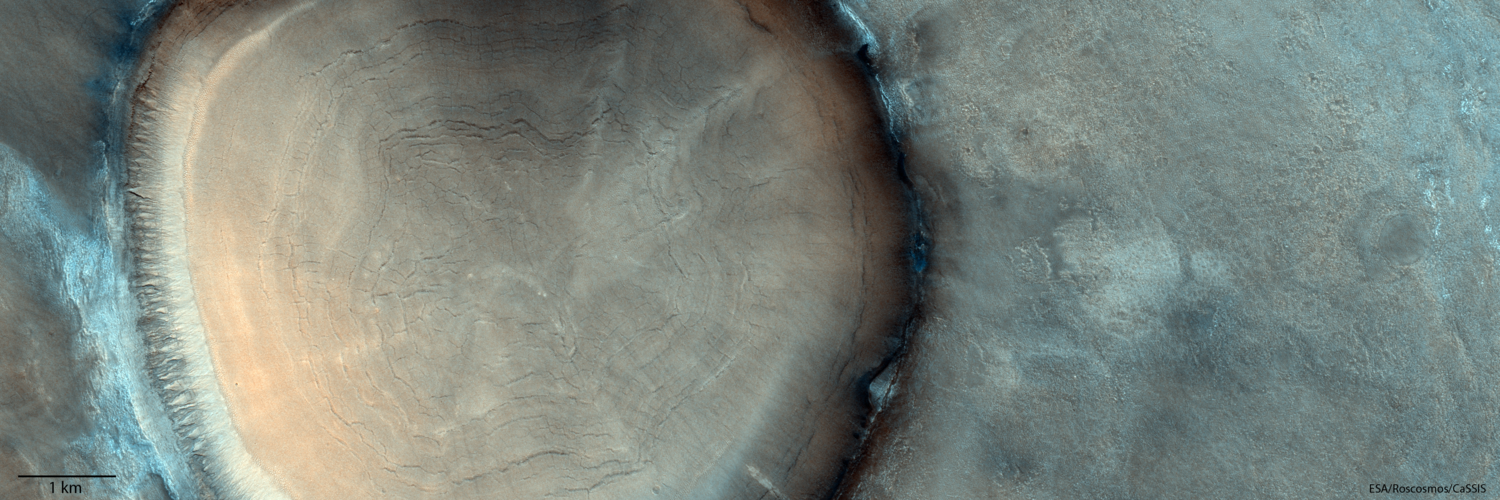 Image:
Crater tree rings
Image:
Crater tree rings